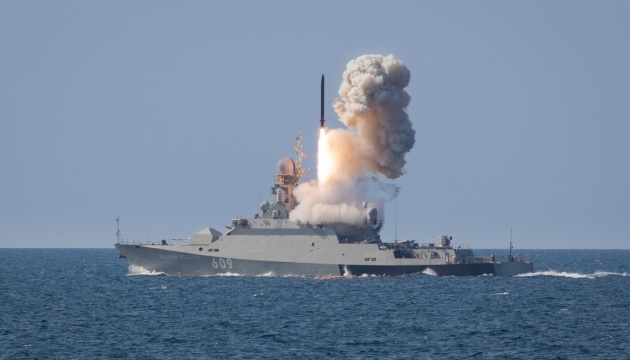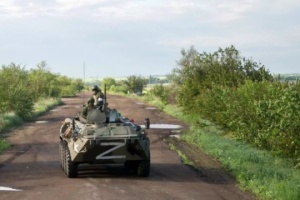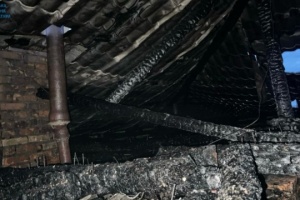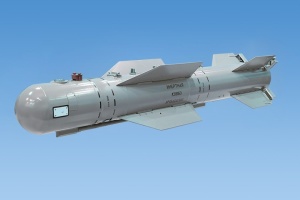
Russia may have lost modern equipment, but still has Cold War-era stocks – CSIS report
That's according to CNN, Ukrinform reports.
The report gives stark numbers of Russian military losses – almost 10,000 units of key equipment such as tanks, trucks, artillery pieces and aerial drones, according to one estimate.
But it also says Russia can dip into Cold War-era and older stocks on the front lines to make up in numbers what it may have lost in technology.
"Moscow is estimated to have lost anywhere from 1,845 to 3,511 tanks one year into the war," the CSIS report says, with losses of its newer, upgraded T-72B3 main battle tank, first delivered in 2013, noted as especially damaging.
T-55 tanks, introduced in 1948, are now turning up on the battlefield.
The CSIS report highlights the problem Russia faces in new tank construction, citing Russian media reports.
One tank plant, UralVagonZavod, can make about 20 tanks a month. But Russia loses, on average, almost 150 tanks of all types in Ukraine each month, it says.
Specifically for optical systems, Russia relied on French imports during its pre-war production, the report said.
With those imports cut off by sanctions, Russia is forced to put older, less sophisticated gunner's sights in even its most modern tanks, resulting in a possible loss of up to two kilometers in range, it said.
In the case of high-quality ball bearings – "critical to producing any type of moving vehicle," the report said – 55% of Russia's pre-war supply came from Europe and North America.
"Moscow is under pressure to adapt, often turning to less-reliable and costlier suppliers and supply routes, lower-quality imports, or trying to reproduce Western components internally. This is likely hampering the rate and quality of Russian defense production," the report said.
The loss of Western components is not just felt in tanks, the report says.
Manned and unmanned aircraft, missiles and electronic warfare equipment need modern, high-tech parts – including microchips – that Russian can't source adequately from internal suppliers and has difficulty importing because of Western sanctions, it said.
At the same time, the report cautions that Ukraine and its Western supporters should not expect these supply problems to quickly stop the hostilities.
"Sanctions and export controls are not a silver bullet that will force Russia to bring the war to an end," it said. Russia still retains numerical advantages over Ukraine, the report said, because it has large inventories in reserve.
"While an accurate count of Moscow's current military stocks is not available publicly, it has been roughly estimated that, as of February 2023, the total number of aircraft at the Kremlin's disposal has been 13-15 times more than Kyiv's. Russia has nearly 7-8 times more tanks and 4 times more armored fighting vehicles, while its naval fleet is 12-16 times larger than Ukraine's," it says.
To offset the Russian numerical advantages, even of inferior weaponry, it is vital that Western countries keep technologically superior armaments flowing to Ukraine, the CSIS report said.




